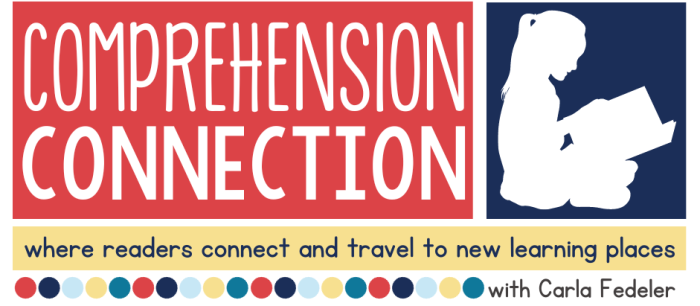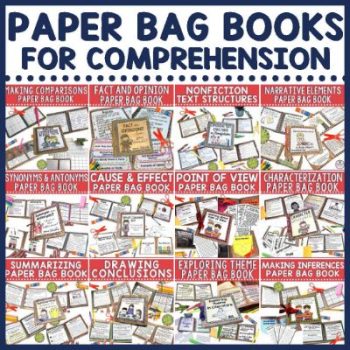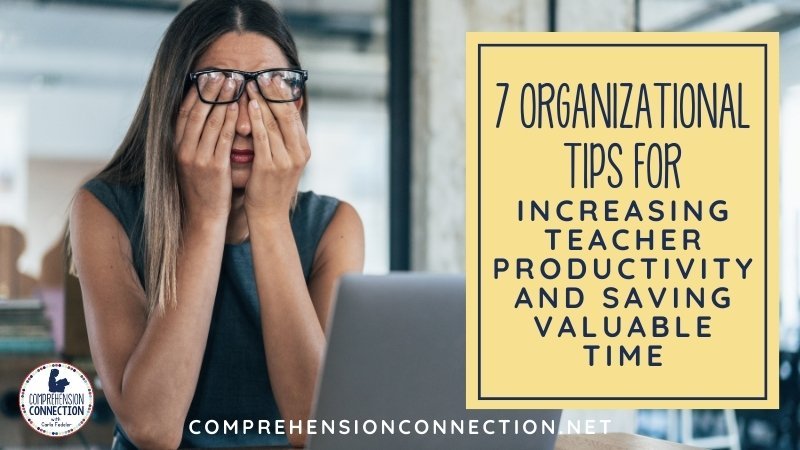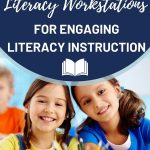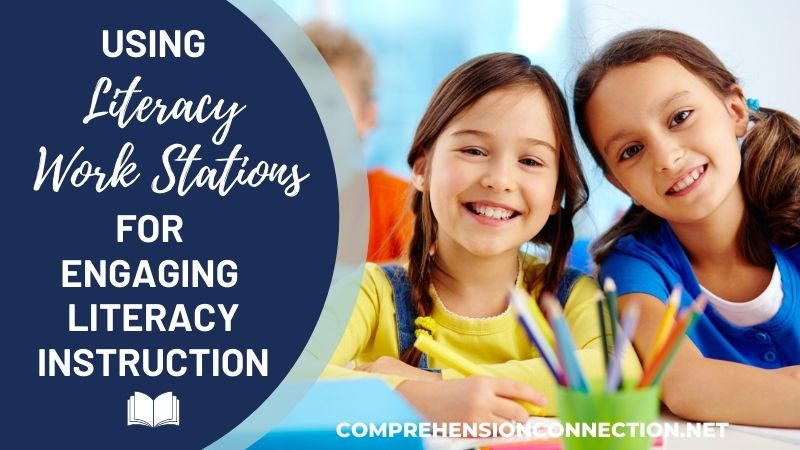
Not all literacy work stations are equal! As you consider setting up literacy work stations, here are a few questions to consider.
- Are your stations connected to your whole group and small group lessons?
- Are your students able to manage them without lots of clarification?
- Can you adjust them with ease so that you can keep focus on small group?
Sure, it is easy to put a kid on a laptop in front of a website, but is this best? One of the biggest challenges for teachers trying to implement small group instruction is whether literacy work stations are easy to plan. I totally get it and see it! So, let’s talk about how to take your literacy work station headaches and turn them into productivity.
How are literacy stations set up?
Practice with Purpose
According to Debbie Diller, literacy centers should begin with the skills you are teaching in order for the station to provide practice that is purposeful. The key is to focus on the content versus fluff and frills.
When we’re planning, literacy work stations should be part of that plan. When student practice is directly tied to instruction, you will KNOW if they’re getting concepts or not. One easy way to be sure your station is tied is to model it with your kids as part of the lesson. Then, move that activity into a station for independent practice.
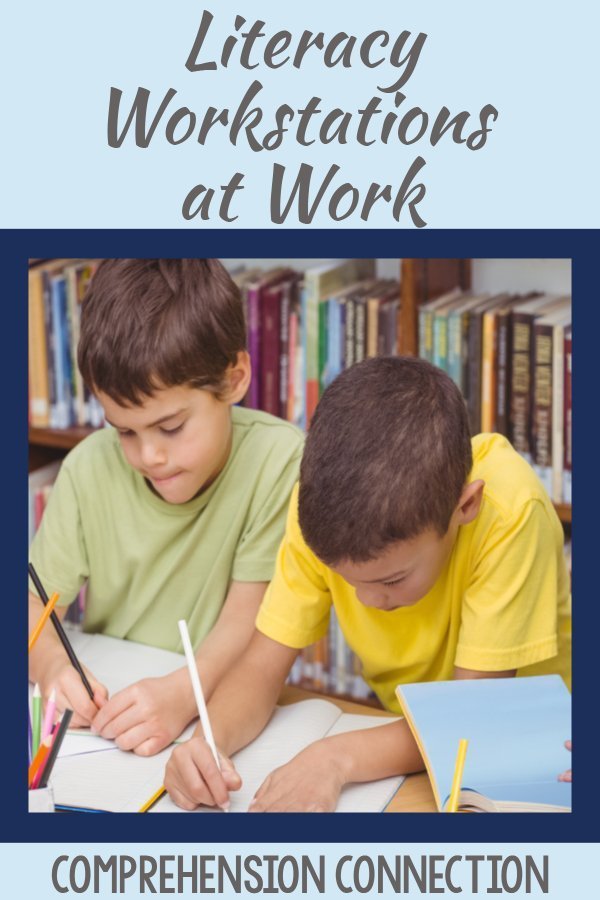
Slow down to Speed Up
Another tip from Diller shares is to, “Slow down to speed up.” I love that quote. In my training, I often heard “A Step Back is a Step Forward”. As we introduce new concepts, we need to start off a slower pace or back to what the child knows. If we pull out loads of games with manipulatives and directions, our kids get overwhelmed and lose the focus. We also can’t expect them to practice what you haven’t taught yet.
Establishing your routine before beginning literacy work stations is key. When you do begin, roll out just one station option at a time. Teach it with guided practice first. Keep in mind that the younger the student, the longer it takes to get the routines established.
What should be included in a literacy station?
As you think about your goals with your literacy work stations, it’s important to keep balance. Do NOT make too much work for yourself. If we do more work to prep the stations than the kids do IN the station, then that’s a problem. Kids need to be engaged in real reading skills that build decoding, fluency, vocabulary, comprehension, and writing skills.
The best literacy work stations require kids to think and work without a lot of direction. Using graphic organizers, interactive notebooks, and a great collection of reading material makes prep simple, yet effective. Plus, these activities provide the assessment you need to know that your students have a grasp of the concepts taught. Diller says,
Less is more. Don’t put out too much stuff at once.
Debbie Diller
Keep in mind that the more you put out to make your literacy work stations cute, the more you’ll have to manage . I suggest having a basic framework for organization (labeled baskets or a designated work space). Then, you can just make minor changes as needed each week. One thing you might try to keep in mind with literacy is to hit all five literacy skills. Include word study, fluency, comprehension (tied to your lesson focus), writing, and vocabulary activities.
Do What Works Best for You and Your Kids
Ask yourself these questions. Is what I have in place working well for my students and I? Am I following my district’s expectations? If the answer is yes, you may not need drastic changes to your station routine. Keep your stations running like a machine if they already are. Keep in mind that there is no one way that will help each child. You know your students’ needs, and as long as the work your students are doing in their work station gives you the data you need for assessment, then you’re good to go. You want high engagement and progress, so keeping it simple, yet purposeful will make a huge difference to your sanity.
Easy to Implement Literacy Work Stations
literacy station ideas that don’t cost a dime:
Of course, the first place to check for easy to implement options is on Teachers Pay Teachers and teaching blogs. There are so many free files on TPT which make planning easier for teachers, but you can also find great reasonably priced resources that can be tailored to your needs too. This poetry set on sensory words would work well with a guided reading group or station.
In my store, there are many different organizers that you could use in a station. All you’d need to do is give directions and add a book. This freebie would work well if your skill is making comparisons or making inferences. You can use part of it with your lessons and assign the remainder for the station.
My Literacy Work Station Bundle:
Earlier this year, one of my teachers was looking for a system that would make setting up stations quicker and easier. She was overwhelmed with planning whole group and small group lessons, so I helped her with this set. The basics remain the same, but students have choices in each station. Students work on fluency, comprehension, word study, and writing.
Teacher Prep
For prep, the teacher can make copies in advance. He/she can edit the poetry cards to use favorite fonts and poems that fit her current themes or teaching topics. For the comprehension station, the teacher just needs to gather a collection of good fit picture books that can be used with the organizers, task cards, etc. The word study station is matched to the child’s weekly list, so whether he/she is at the Letter Name Stage or Syllable Juncture, the materials work.
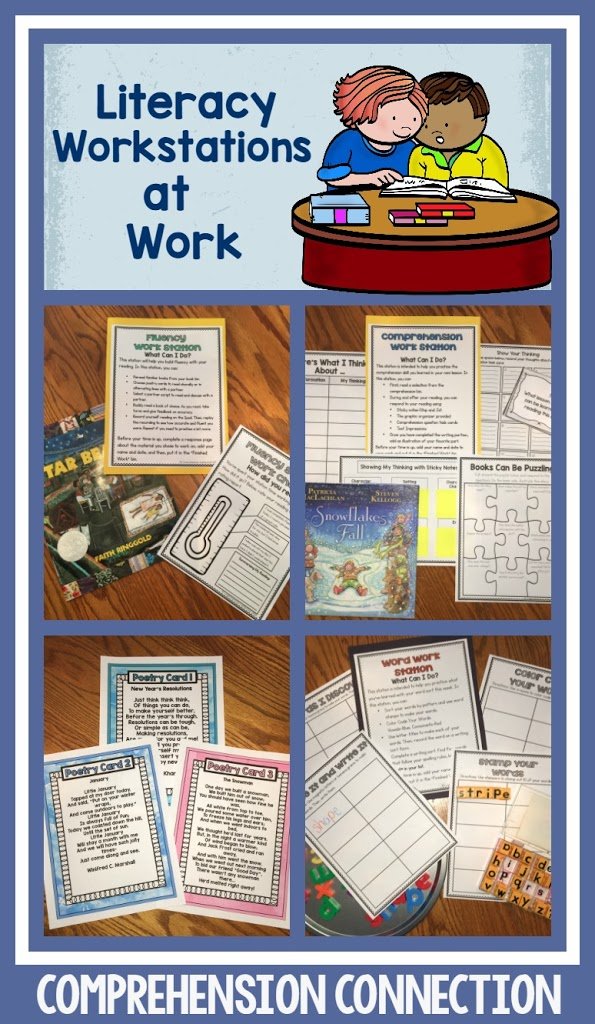
For more information on this set, [click here] or the image below. There is a full preview of each station type on TPT and in my blog shop.
Paper Bag Books for Comprehension:
Another fun option teachers might be interested in are the paper bag book projects that I’ve been adding to my store. There is a bundle of 16 books for comprehension. Here is a preview of those I have completed. To learn more about them, [click here] or check out the blog shop link below.
Stations do not need to be challenging, and this is an area where I’m helping many of the teachers I work with. If you have questions or need help, I am happy to chat with you and offer what I can.
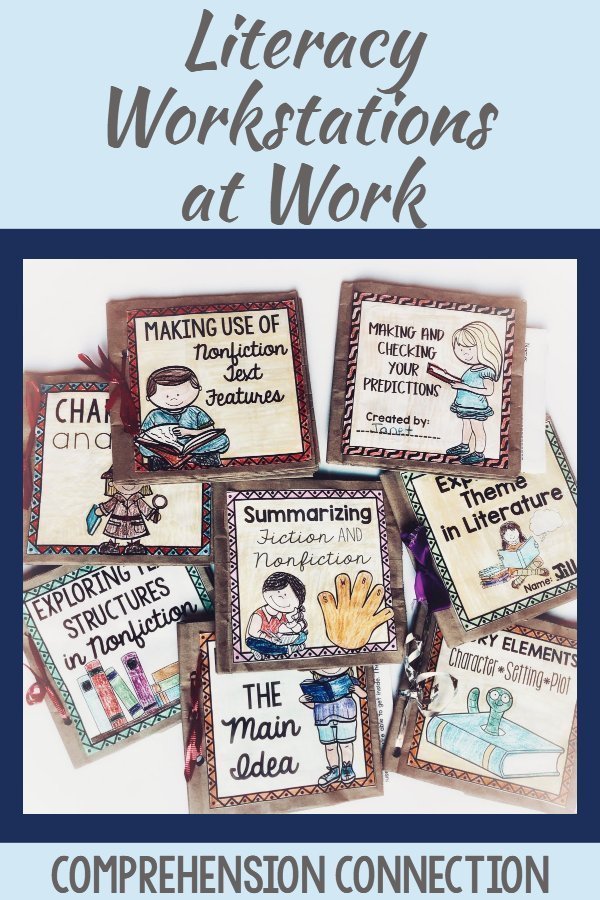
Have a great teaching week, and I hope you’ll come back soon. One thing you may wish to do before you sign off is sign up for my newsletter. I’m trying to send out newsletters at least once a month and include things like quick stations or printables you can use in small group. The sign up is in the sidebar on the right. It includes a FREE partner play.
-
Sale Product on saleComprehension Projects Bundle, Paper Bag Books, Test Prep, Intervention
$64.00Original price was: $64.00.$35.00Current price is: $35.00.
Other Related Posts You’d Like:
- 10 Fun Ways to Use Poem of the Week
- Organizing Your Guided Reading Block with Ease
- Strategies Teachers Can Use to Build a Love of Literacy
Literacy work stations can offer opportunities for your students to practice independently with purposeful activities. They can keep your kids engaged to allow you to work with small groups. Finally, they provide you with the data you need to gauge progress. I hope you find these tips helpful in your implementation.
